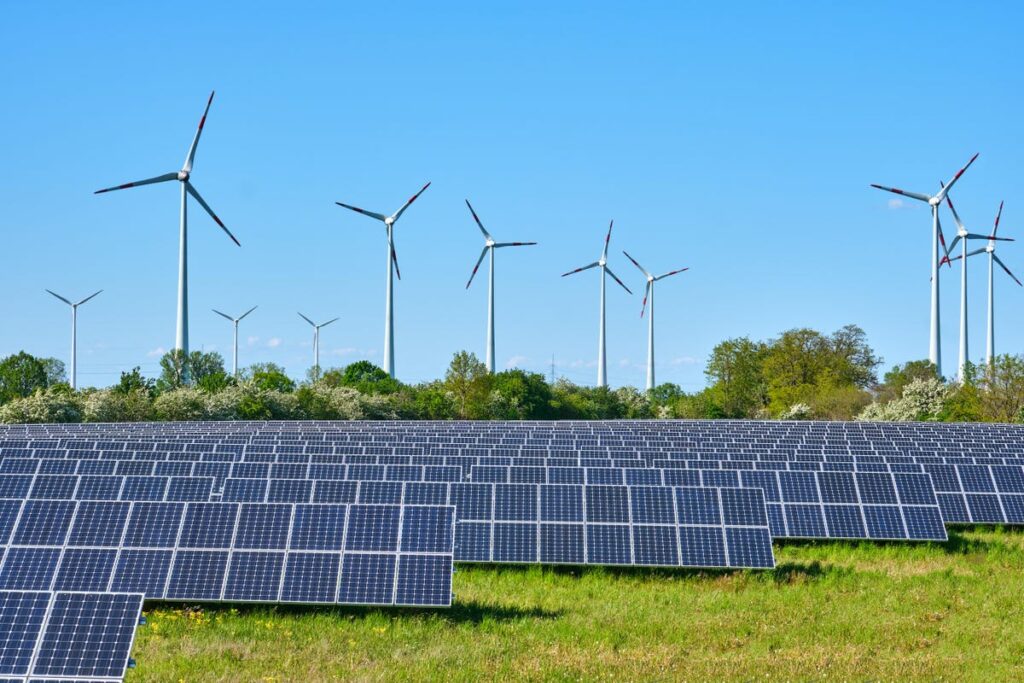From CO2Science: Phytoplankton play a key role in ocean ecosystems, providing carbon and energy to higher trophic levels of the marine food web. Consequently, discerning their responses to environmental change, including so-called ocean acidification, is of high importance.
Paper reviewed: Hoppe, C.J.M., Wolf, K.K.E., Schuback, N., Tortell, P.D. and Rost, B. 2018. Compensation of ocean acidification effects in Arctic phytoplankton assemblages. Nature Climate Change 8: 529-533.
One location for which information is presently limited is the Arctic Ocean. Compared to temperate and tropical regions, the response of phytoplankton to ocean acidification in this high latitude region has been vastly understudied. According to Hoppe et al., this is because of harsh environmental conditions and logistical difficulties. Consequently, they say it is “unclear how phytoplankton biomass accumulation in nutrient-rich and highly productive waters [in the Arctic] may be influenced by changes in the partial pressure of CO2.” And so it was that this five-member scientific team set out to remedy this situation.
As their contribution to the subject they presented “a comprehensive data set of ten individual 1 to 3 week-long ocean acidification manipulations with Arctic and subarctic phytoplankton assemblages under non-limiting nutrient concentrations.” The incubations originated from three different coastal locations of relatively high primary production: Davis Strait, Baffin Bay and Svalbard fjords. Additionally, the ten manipulations encompassed a wide variety of temperatures (range of 1.8°C to 8°C), irradiance (from low to high and constant to variable light), incubation method (on-deck ship or laboratory) and dominant taxa.
So what did these manipulations reveal?
Despite the wide range of experimental methods, Hoppe et al. report they found “strong evidence that Arctic primary productivity and phytoplankton community structure are largely non-responsive to ocean acidification.” More specifically, they observed that only one out of the ten assemblages had a significant response to elevated pCO2. And when phytoplankton net primary production (NPP) rates were normalized for differences in chlorophyll a or particulate organic carbon concentrations, there were no significant correlations between NPP and pCO2. Consequently Hoppe et al. say these findings “suggest that coastal Arctic and subarctic phytoplankton assemblages employ efficient mechanisms to compensate for the effects of differences in CO2 availability and proton levels on NPP.” Or, as they alternatively state things “coastal Arctic and subarctic primary production is largely insensitive to ocean acidification over a large range of light and temperature levels in different experimental designs.”
Such “high capacity to compensate for environmental variability” is very encouraging news for those concerned about the potential effects of ocean acidification on primary producers. Clearly, out in the real world there are compensatory factors that minimize, or in this case eliminate, the negative impacts that are typically produced in the laboratory, especially in single-strain phytoplankton studies.


